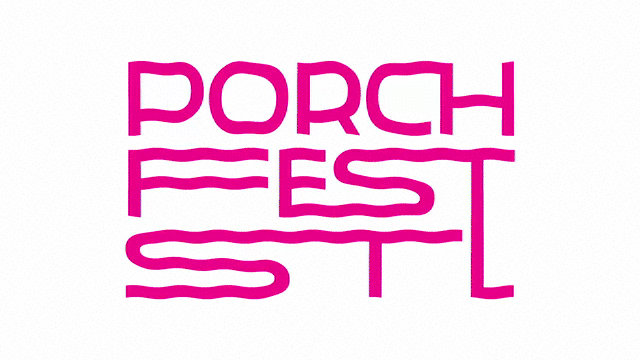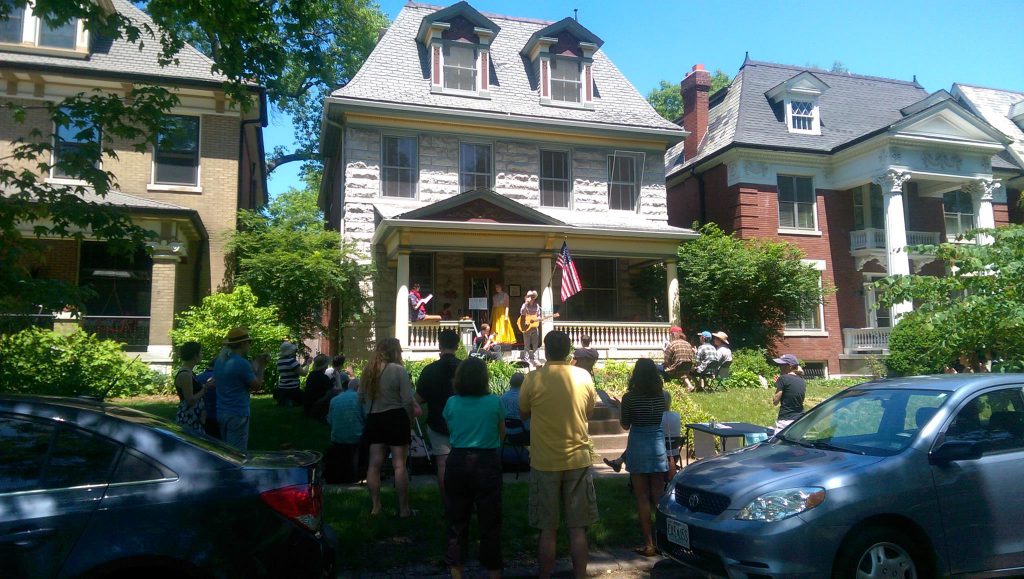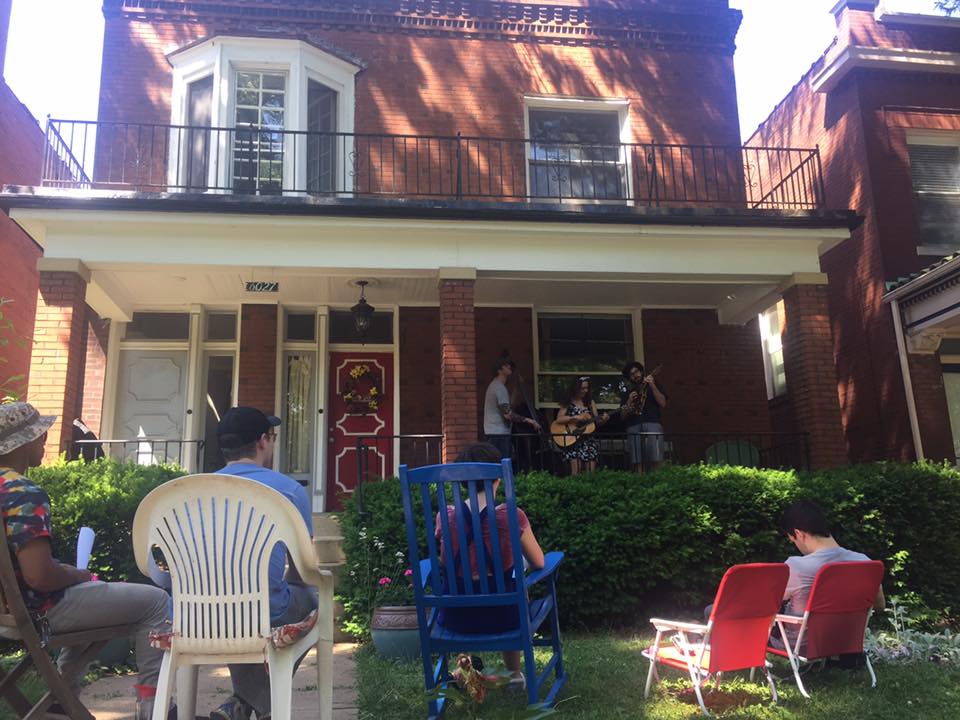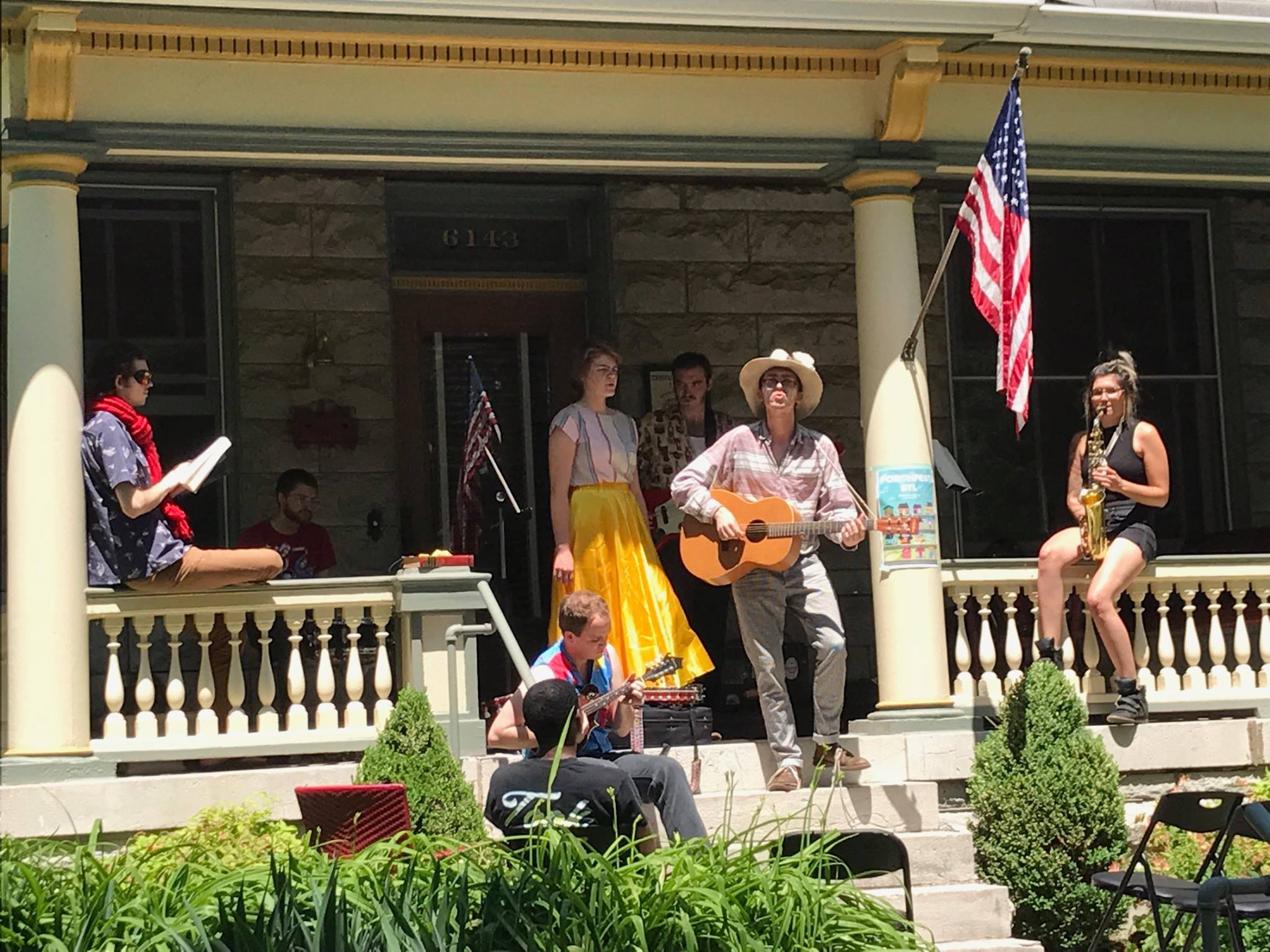 Urban Density. Walkability. Local economy. Transit oriented development. Built environment. These are some of the terms that come to mind when discussing healthy urban communities. While these are worthwhile topics, the people that live, work, pray and play in these communities are the starting point.
Urban Density. Walkability. Local economy. Transit oriented development. Built environment. These are some of the terms that come to mind when discussing healthy urban communities. While these are worthwhile topics, the people that live, work, pray and play in these communities are the starting point.
In Skinker DeBaliviere, residents and stakeholders enjoy a host of social opportunities that build social capital and mutual trust. These moments prepare them to work together on serious community development issues, which in turn demonstrates the neighborhood’s value to business owners, landlords, developers, elected officials and other entities who are interested in community investments. Using this formula for over 50 years, residents and stakeholders have transformed Skinker DeBaliviere into one of the most desirable neighborhoods in the City of St. Louis.
Nextstl – Groth Guide to Skinker-DeBaliviere

In 2017, a small group of Washington University students and alumni approached the neighborhood’s resident-driven non-profit, the Skinker DeBaliviere Community Council (SDCC), about a new way to connect people.
Borrowed from a neighborhood project in Ithaca, New York, the idea was simple: transform neighborhood porches and public spaces into stages, where local musicians could perform, while others meandered about, catching up with old friends and making new ones. Eleven years later, neighborhoods across the country have duplicated the idea. The WashU students and alumni proposed doing the same in St. Louis – specifically Skinker DeBaliviere. And so, PorchFestSTL was born.

Organized in less than 3 weeks, the WashU contingent identified amateur and professional musicians, vocalists, and bands that were willing to play free sets. Once the word got out, an entertainment promoter, photographer and videographer – thanks to ties with WashU students – donated their services as well. A full-time WashU student who was moonlighting as a “sound guy” volunteered most of the audio equipment, with KWUR, WashU’s student-run radio station, provided some important odds and ends. Before long, residents were eagerly offering up their porches or signing up as day-of volunteers.
Thanks to their efforts, fifteen bands played on fourteen porches sprinkled throughout the neighborhood. Over 300 neighbors, students and other visitors from as far as St. Charles came to watch the performances. Halfway through the event, neighbors and students were already asking if it would be held annually.
While music and people are the main focus of PorchFestSTL, attendees commented on much more – the variety of housing options, walkability, proximity to Forest Park, the Delmar Loop, and Metrolink, neighborhood green space, and the racial diversity and friendliness of neighbors. They were also impressed by how WashU students and alumni created PorchFestSTL as a response to the neighborhood’s desire to deepen connection between themselves and students. It’s clear that events like PorchFestSTL can convey shared community values, which inform what and how community investments occur, which is invaluable for attracting businesses, potential renters and home buyers, as well giving developers cues about what brings and keeps people in urban communities.
This year’s PorchFestSTL is scheduled for Sunday, May 6, 1pm to 4pm. 600-1,000 people are expected to attend. It continues to be led through a partnership between SDCC and WashU students and alumni. For details, visit: www.porchfeststl.com or www.skinkerd.org.

